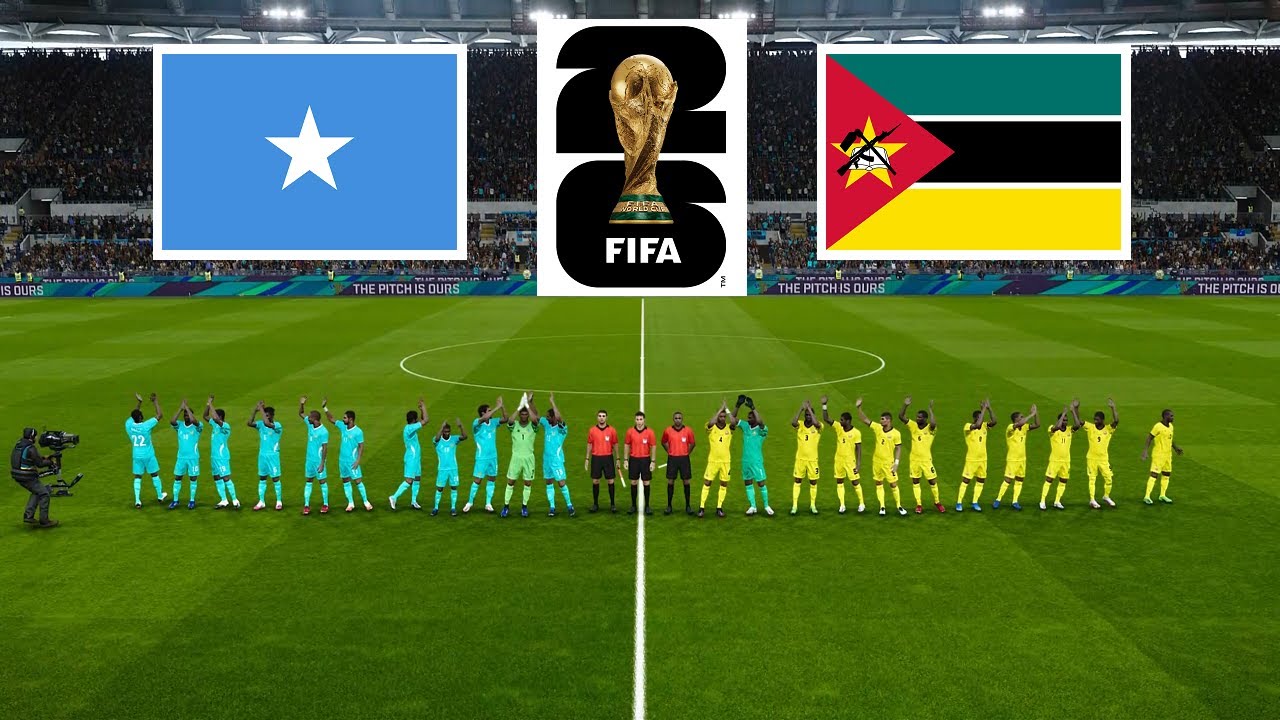Introduction
The relationship between Nepal and the United States has evolved over the years, with significant implications in political, economic, and social spheres. Understanding the distinctions and connections between the two countries is vital as they navigate global challenges and opportunities. As Nepal emerges from its post-earthquake recovery, the U.S. continues to foster bilateral ties aimed at strengthening democracy and economic growth in the region.
Political Relations
Historically, Nepal has maintained a neutral foreign policy, balancing its relationships between India and China. However, the U.S. has been an important ally in promoting democratic governance in Nepal. The U.S. Agency for International Development (USAID) has been critical in funding various development projects to bolster public health, education, and infrastructure in Nepal. Recent political instability in Nepal has led to renewed discussions about the nature of U.S. support, particularly regarding humanitarian aid and governance reforms.
Economic Comparison
Economically, the United States is one of the largest economies in the world, while Nepal is classified as a developing nation with a GDP heavily reliant on agriculture and remittances. According to the World Bank, Nepal’s GDP growth rate was estimated at 4.1% in 2021, a bounce-back from the pandemic’s impact, while the U.S. economy is projected to grow at a rate of 2.6% in 2023, according to the International Monetary Fund (IMF). Despite its smaller economy, Nepal’s strategic location between two massive economies (India and China) presents unique possibilities for trade and investment, which the U.S. recognizes.
Cultural Exchange
Culturally, there is a rich exchange between Nepal and the United States. Many Nepalese pursue higher education in the U.S., and trends indicate a growing interest among American tourists and academics in Nepal’s ancient history and natural beauty. The U.S. has also been a key partner in various cultural programs that promote Nepalese heritage and arts on international platforms.
Conclusion
The dynamic between Nepal and the United States reflects broader themes of cooperation, development, and cultural understanding. As both nations face evolving challenges, from economic recovery to climate change, their partnership will likely be crucial in addressing these issues. Analysts predict a continued strengthening of ties, with the U.S. investing not only in Nepal’s economic development but also in the empowerment of its democratic institutions. For readers interested in international relations, the Nepal vs. United States narrative serves as a potent example of how diverse nations can work together towards common goals while respecting each other’s sovereignty.


